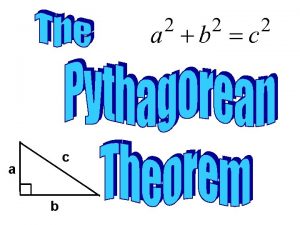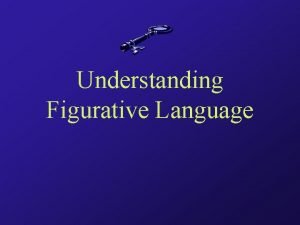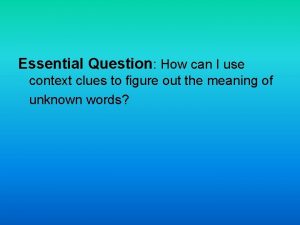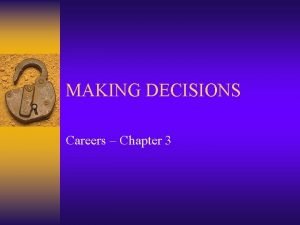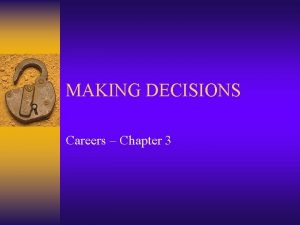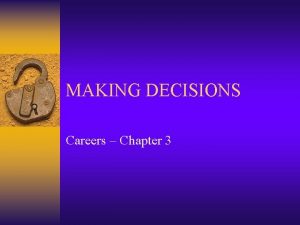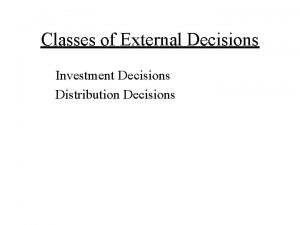Essential Question Question How did the decisions of











- Slides: 11

■ Essential Question: Question –How did the decisions of the Supreme Court impact civil liberties in the 1960 s & 1970 s? ■ Warm-Up Question: –?

Supreme Court Activity: You Decide ■ Working with a partner, examine the background information for each of the four landmark Supreme Court cases –Answer the questions provided –Give question #3 serious attention because you are asked to predict how the Supreme Court decided each case –Take notes on how the Supreme Court actually ruled when these decisions are revealed by the teacher

Gideon v Wainwright (1963) Question: Did the state court's failure to appoint counsel for Gideon violate his right to a fair trial as protected by the Sixth and Fourteenth Amendments?

Gideon v Wainwright (1963) Conclusion: In a 9 -0 decision, the Supreme Court ruled that a fair trial for a poor defendant could not be guaranteed without an attorney. The Court stated that the 6 th Amendment's guarantee of counsel was a fundamental right, essential to a fair trial, which should be made applicable to the states through the 14 th Amendment’s due process clause.

Miranda v Arizona (1966) Question: Does the police practice of interrogating individuals without notifying them of their right to counsel and their protection against self-incrimination violate the Fifth Amendment?

Miranda v Arizona (1966) Conclusion: In a 5 -4 decision, the Supreme Court ruled that prosecutors could not use statements gained from interrogated defendants unless they demonstrated “procedural safeguards” to protect the accused against self-incrimination. The Court outlined the necessary aspects of police warnings to suspects, including their rights to remain silent and to have an attorney during interrogations.

Roe v Wade (1973) Question: Should a woman’s decision to have an abortion be protected under the Constitution as a matter of privacy?

Roe v Wade (1973) Conclusion: In a 7 -2 decision, the Supreme Court held that a woman's right to an abortion was a matter of privacy that was protected by the 14 th Amendment. The decision gave women total control over the pregnancy during the 1 st trimester and defined different levels of state interest for later trimesters. As a result, the laws of 46 states were affected by the Court's ruling.

Regent of UC Davis v Bakke (1978) Question: Did the University of California violate the Fourteenth Amendment's equal protection clause, and the Civil Rights Act of 1964, by practicing an affirmative action policy that resulted in the repeated rejection of Bakke's application for admission to its medical school?

Regent of UC Davis v Bakke (1978) Supreme Court Ruling: No and yes. In a 5 -4 decision, the Court forced the university to accept Bakke. But, the majority opinion argued that the use of race as one of many sets of criterion in admissions decisions was constitutional. So, the Court managed to minimize white opposition to the goal of equality (by finding for Bakke) while extending gains for racial minorities through affirmative action.

■ ? Closure Activity
 Good decision making poster
Good decision making poster Screening decisions and preference decisions
Screening decisions and preference decisions Characteristics of lipids
Characteristics of lipids Costas question levels
Costas question levels Haudenosaunee anishinabe mi'kmaq
Haudenosaunee anishinabe mi'kmaq Essential questions about figurative language
Essential questions about figurative language Formula hipotenusa triangle rectangle
Formula hipotenusa triangle rectangle Essential question generator
Essential question generator Essential question for pythagorean theorem
Essential question for pythagorean theorem Essential questions for figurative language
Essential questions for figurative language Individual vs. society
Individual vs. society Context clues of essential
Context clues of essential








